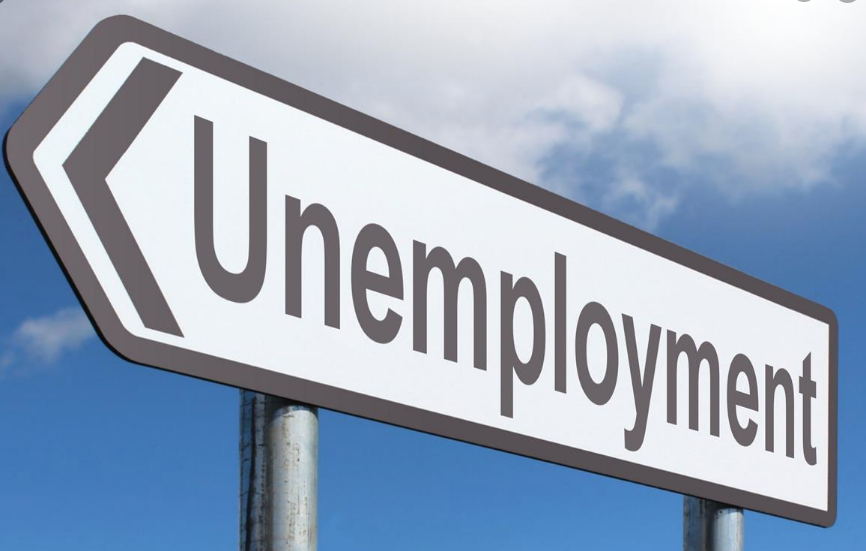
In my previous post, I pointed out that the unusually generous unemployment benefits being paid out until early September were likely to depress employment of lower skilled workers during the summer months. You might wonder if there is any research that supports this claim. It turns out that there is. A 2016 NBER study by Marcus Hagedorn, Iourii Manovskii & Kurt Mitman found that the expiration of the extended unemployment benefits at the end of 2013 led to an unusually large jump in employment during 2014. Here’s the abstract:
We measure the aggregate effect of unemployment benefit duration on employment and the labor force. We exploit the variation induced by Congress’ failure in December 2013 to reauthorize the unprecedented benefit extensions introduced during the Great Recession. Federal benefit extensions that ranged from 0 to 47 weeks across U.S. states were abruptly cut to zero. To achieve identification we use the fact that this policy change was exogenous to cross-sectional differences across U.S. states and we exploit a policy discontinuity at state borders. Our baseline estimates reveal that a 1% drop in benefit duration leads to a statistically significant increase of employment by 0.019 log points. In levels, 2.1 million individuals secured employment in 2014 due to the benefit cut. More than 1.1 million of these workers would not have participated in the labor market had benefit extensions been reauthorized.
You may recall that Keynesian economists predicted the exact opposite, that cutting off benefits would reduce spending and thus reduce employment. Yes, demand matters. But so does supply.
One point I forgot to mention in the previous post is that the artificially created labor shortage this summer is likely to lead to more illegal immigration.

READER COMMENTS
David Henderson
Apr 19 2021 at 5:16pm
Good study.
I cited it and another study by Valletta and Kuang in my Defining Ideas article last month titled “An Unncessary ‘Stimulus’“, Defining Ideas, March 2, 2021.
Thomas Lee Hutcheson
Apr 20 2021 at 6:53am
We suffer from not having an unemployment insurance system that functions more like insurance, payments more closely related to loss of income and (so long as health insurance is tied to employment) health insurance.
An interesting question of institutional design is what monetary regime is assumed as this will affect how to parameterize UI benefits to which macroeconomic indicators.
Phil H
Apr 20 2021 at 8:01pm
Blimey, it’s enough to turn someone into a Marxist. First we have Tyler Cowen shocked! shocked! that the proles of Florida weren’t rushing to serve the great god McDonalds (https://marginalrevolution.com/marginalrevolution/2021/04/not-everywhere-needs-another-1-trillion-in-stimulus.html). Now Sumner informs us that when poorer people choose to invest their time resources in the direction of their choosing, that’s “artificial”. Of course, when rich people invest their capital resources in wonderful, life-affirming bitcoins, that’s natural. All gives me a mild case of the class warfares.
Political sniping aside, I think I had the same question as TL Hutcheson above. I accept that high (or full) employment is a reasonable goal of benefits policy; but it probably doesn’t make sense to optimize benefits policy for high employment in isolation. Specifically, it seems likely that if you did that, the optimal benefits would be zero, but that experiment has been run before. The obstacle to working out a proper model is presumably that we can’t get political agreement on what the goals of policy are. Some combination of poverty elimination, high employment, and economic growth sounds reasonable, but the explicit balancing of these goals may not be politically possible.
Scott Sumner
Apr 21 2021 at 1:15pm
I’m not sure why you seem to disagree with my post. I also support optimal policies, which balance various factors. What’s your point?
Brandon Berg
Apr 21 2021 at 6:34am
Also worth noting: The job openings rate is at the highest point since the BLS started publishing it in 2000, and is roughly twice what it was on previous occasions when unemployment was at 6%.
Comments are closed.